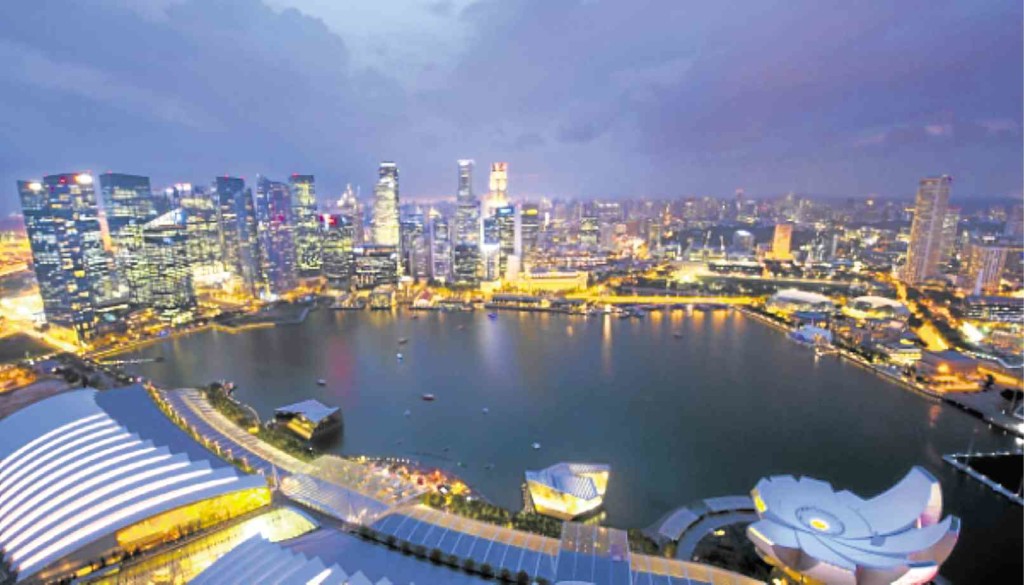Singapore uses aesthetics to boost economy, shape public policy
Beyond aesthetics, design-thinking in business is useful for creating new revenue streams. And Singapore has taken it a step further by employing design in shaping public policy.
The Ministry of Communications and Information recently launched Design 2025, a masterplan to make Singapore a thriving innovation-driven economy and a loveable city by design.
“The Design 2025 vision sees design as intrinsically being a tool for innovation, as it creates value by putting the user in mind,” Yaacob Ibrahim, minister for communications and information, said at the opening of Singapore Design Week in March held at the National Design Center.
“When applied to living spaces, public services and government policies, design can improve our quality of life,” Ibrahim said.
Singapore was designated a Unesco Creative City in December 2015, a testament to how far Singapore design has progressed, Ibrahim said, noting the public housing, parks and approach to urban planning as examples of excellence.
“One of the challenge is to make the citizens realize the value of design. Design is no longer just about aesthetics. It’s understanding the user,” DesignSingapore Council chair Robert Tomlin said in a media interview.
The DesignSingapore Council is an agency under the Ministry of Communications and Information that grows the design sector by training public servants and businessmen in design-thinking and helps the government use design for public service.
Design 2025 aims to equip companies to be highly adept at reinventing themselves to meet the challenges of a rapidly changing world.
“They would create new businesses, new opportunities and new jobs. And design would be their strategic tool for winning in the marketplace, bringing Singapore to the forefront of the global economy,” an executive summary of Design 2025 read.
“Our community would embrace the use of design and co-create a better living environment; and in so doing, develop a stronger sense of belonging and ownership. Services would be people-centered, delivering better experiences for all,” it also read.
Design 2025 has five strategic thrusts: infuse design into national skills set, expand role of design in business and government, strengthen the competitiveness of design firms, bring design into the community and develop the Singapore Design brand.

